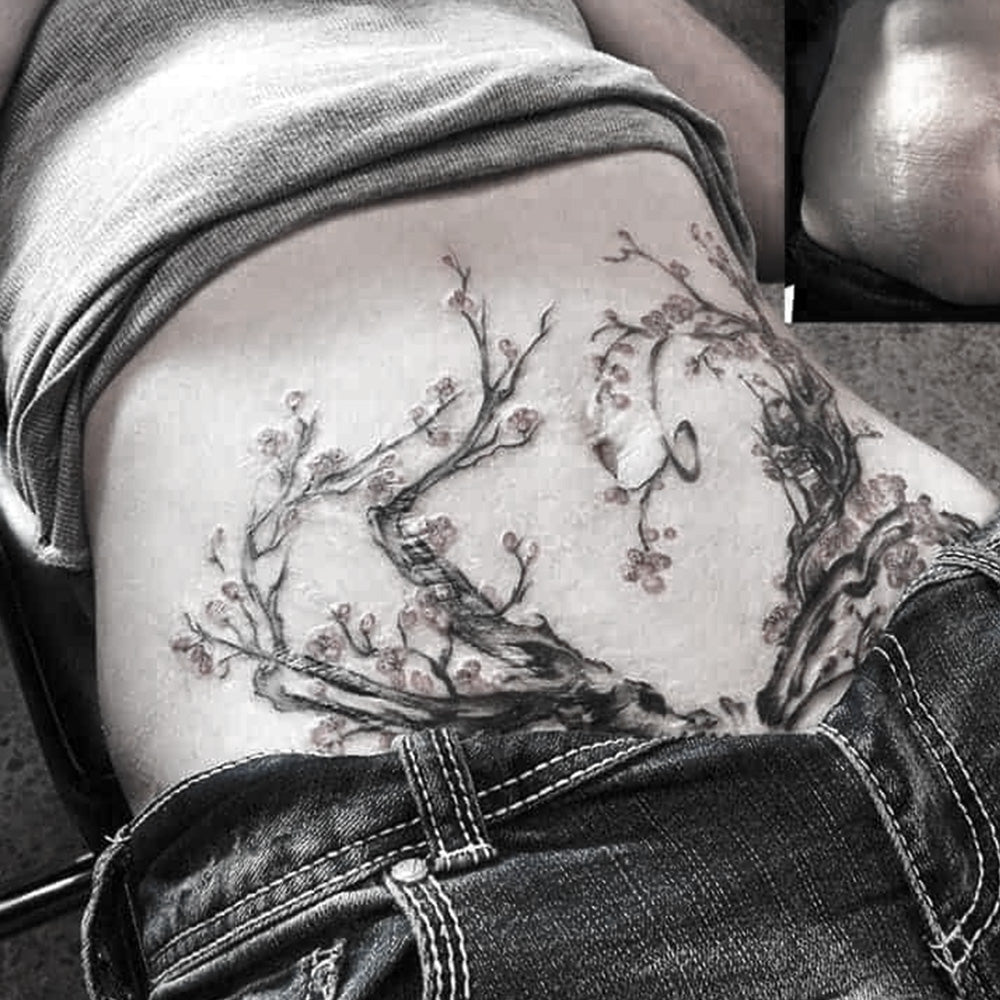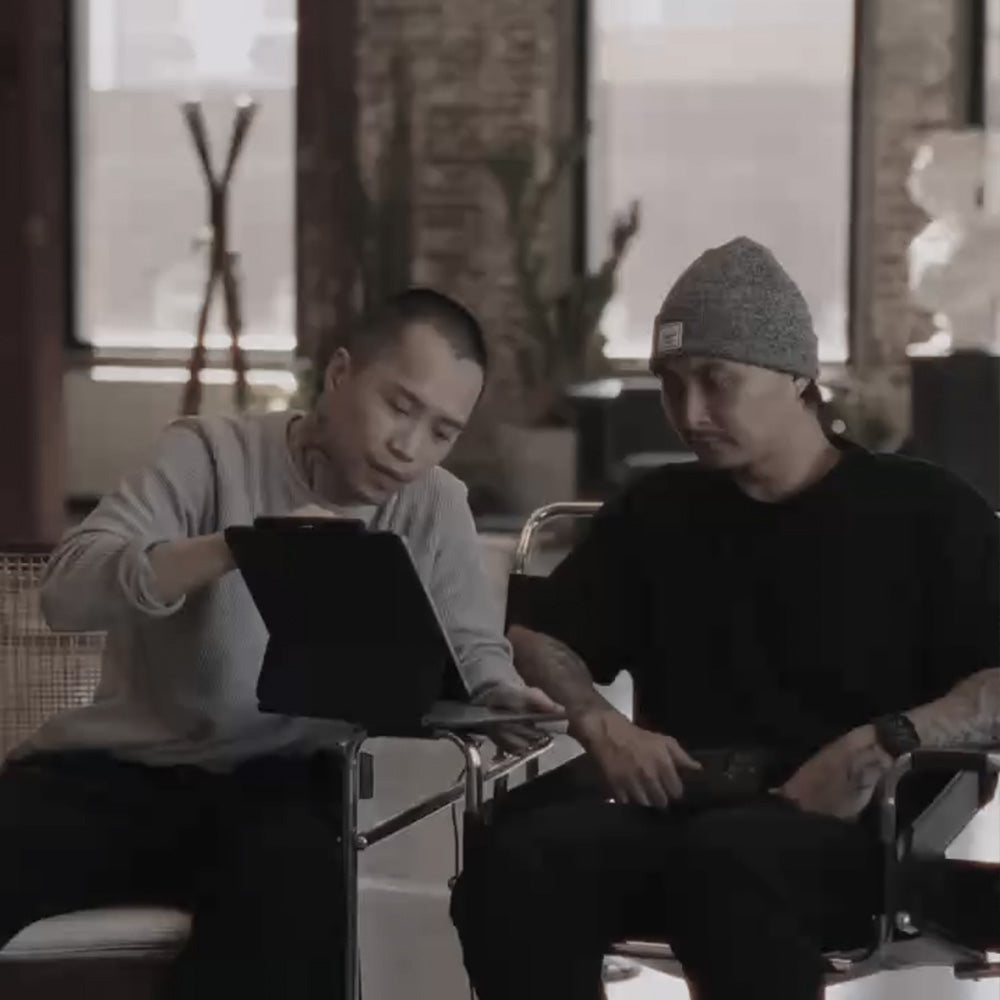Blackout Tattoos: What Every Artist Needs to Know
Why Blackout Work Is Everywhere Now
Blackout tattoos used to be this niche thing. Now I'm getting requests weekly. Clients see these bold pieces on social media and come in asking, "Can you do this?
"Here's what nobody tells you: blackout tattoos are one of the most challenging forms of tattooing you can master. They involve covering large areas with solid, opaque black ink. Sounds simple? It's not.
What Makes Blackout tattoo Different
Unlike regular tattoos where you can build up gradually, blackout work is unforgiving. Every inch needs perfect saturation with no gaps. You can't hide mistakes or fix light spots without it being obvious.

- Cover-up solutions for complex pieces
- Bold aesthetic statement
- Cultural connection to traditional roots
- Personal transformation marking
Why Clients Want Them:
The Technical Tattoo Reality
Tattoo Equipment You Need
Tattoo Needles:
Large round shaders (9RS-15RS) for efficient packing
Magnum tattoo needle :15RM-100RM
Tattoo Machines: Heavy-hitting machines with consistent power ,choose 4.2-5.5 stroke ,then machine can effective hit every time
Tattoo Ink: Premium black inks - don't cheap out here.

Essential Techniques
Layering: Multiple passes for coverage, then saturation
Skin Stretching: Critical for even application across large areas
Cross-Hatching: Work ink in different directions to eliminate gaps

Common Problems and Solutions
Patchy Coverage: Better skin stretching and consistent machine speed
Edge Blowouts: Lighter pressure at boundaries, precise depth control
Client Endurance: Realistic session planning and pain management
Managing Expectations
Blackout tattoo hurts more than regular tattoos. Clients need to understand:
Multiple sessions required
Each session is lengthy and intense
Healing takes longer
Significant time and money investment
Plan regular breaks, keep clients comfortable, and be realistic about pain relief options.
Business Considerations
Blackout work justifies premium pricing due to higher skill requirements and longer sessions. Block out significant time - rushing leads to poor results.
Document everything. Before/after photos are powerful for your portfolio, especially cover-ups.
Developing Your Skills
Start smart:
Small blackout patches first
Simple geometric shapes
Practice on synthetic skin
Build up to larger pieces
Timeline: 3 months for basics, 6 months for larger work, 6+ months for complex pieces.
The Tattoo Artistic Evolution
Modern blackout work goes beyond solid coverage. Artists experiment with negative space patterns, white ink additions, and geometric designs. What started as cover-up solutions has become legitimate art.Final Thoughts
Blackout tattooing demands technical precision, physical endurance, and strong client relationships. But for artists willing to develop these skills, it opens up new creative and financial opportunities.
Every successful blackout artist started where you are now. The difference comes down to patience, proper technique, and consistent practice. Invest in quality tattoo equipment, respect the technique's demands, and your reputation will benefit.




